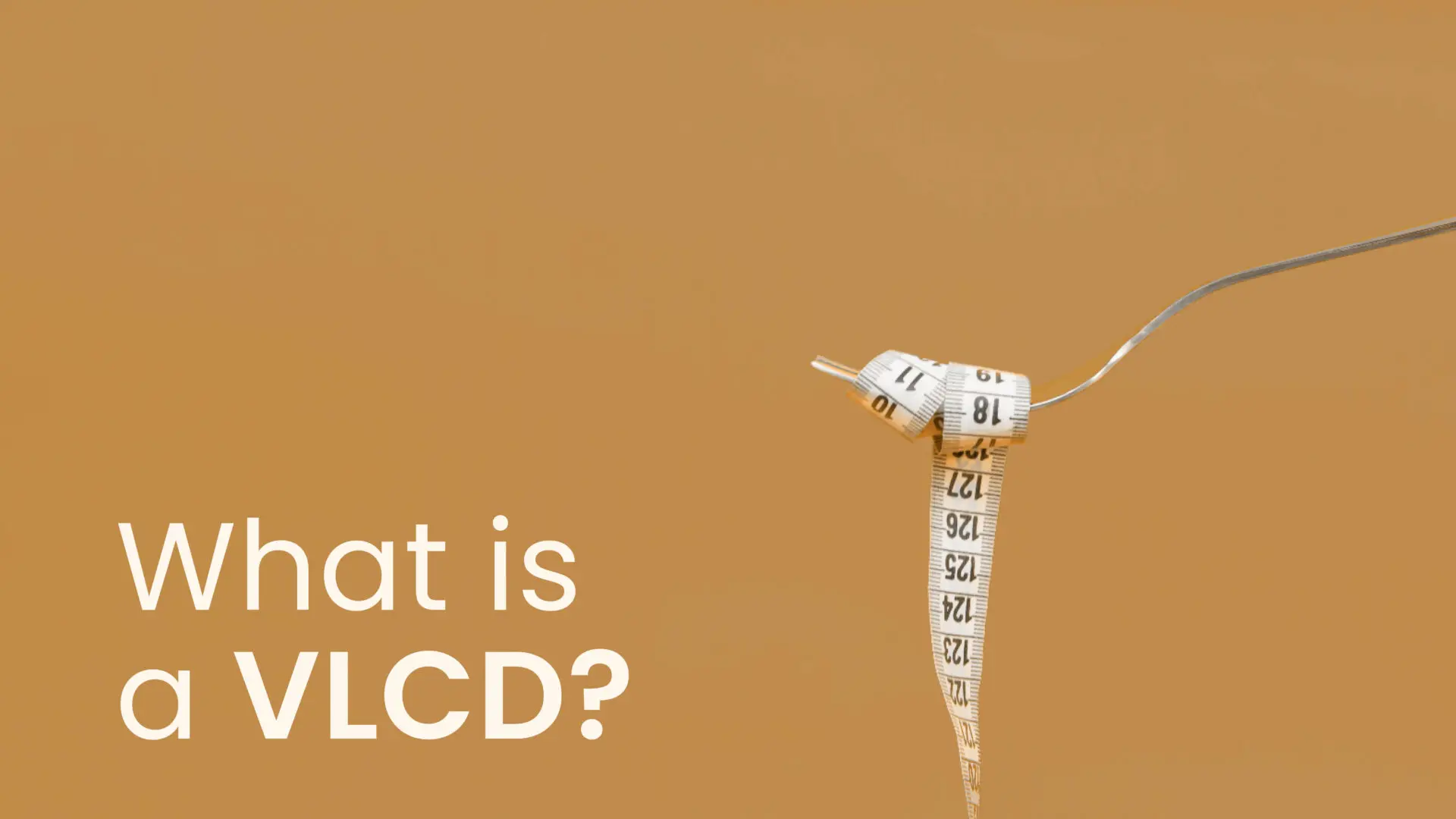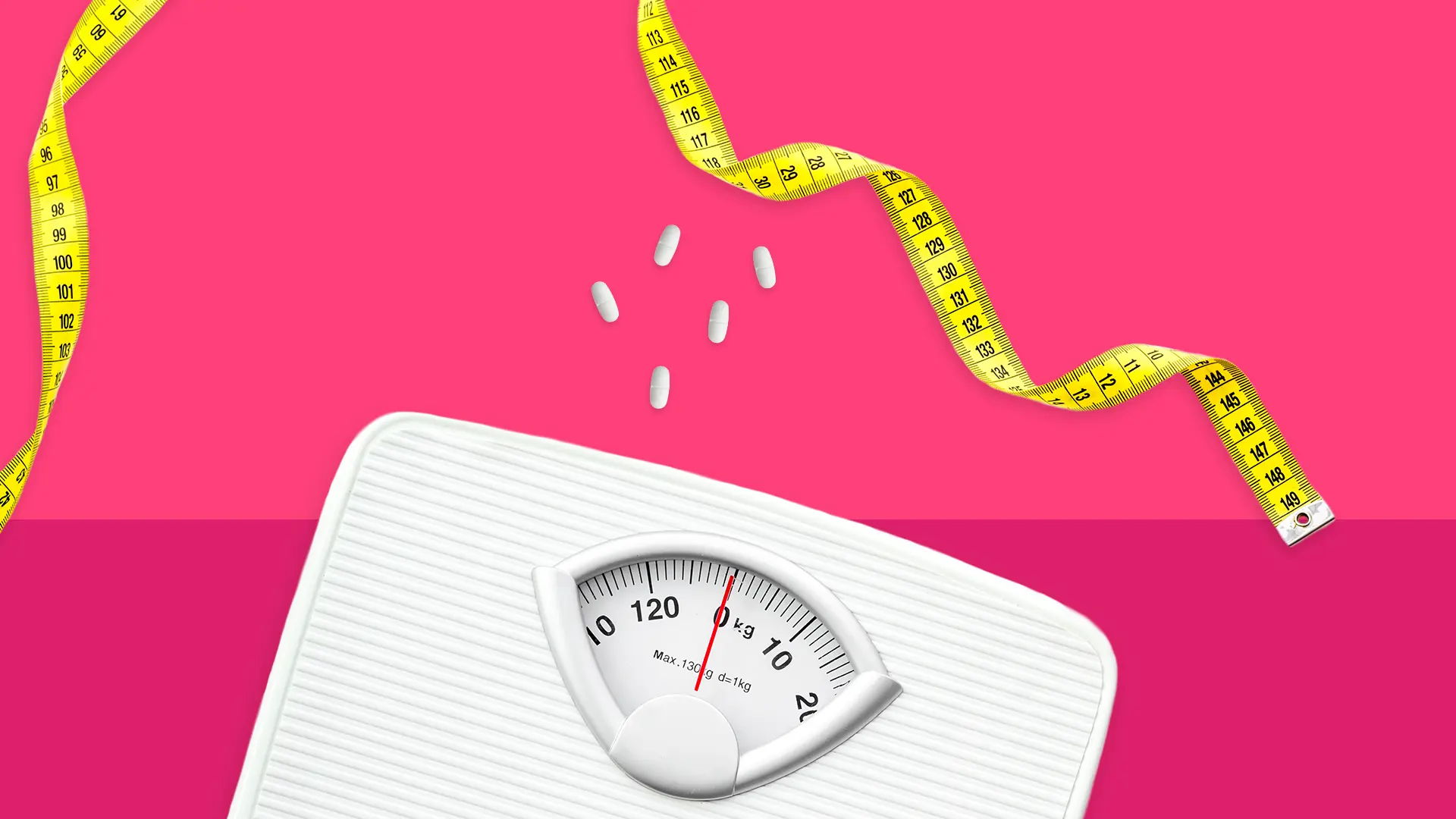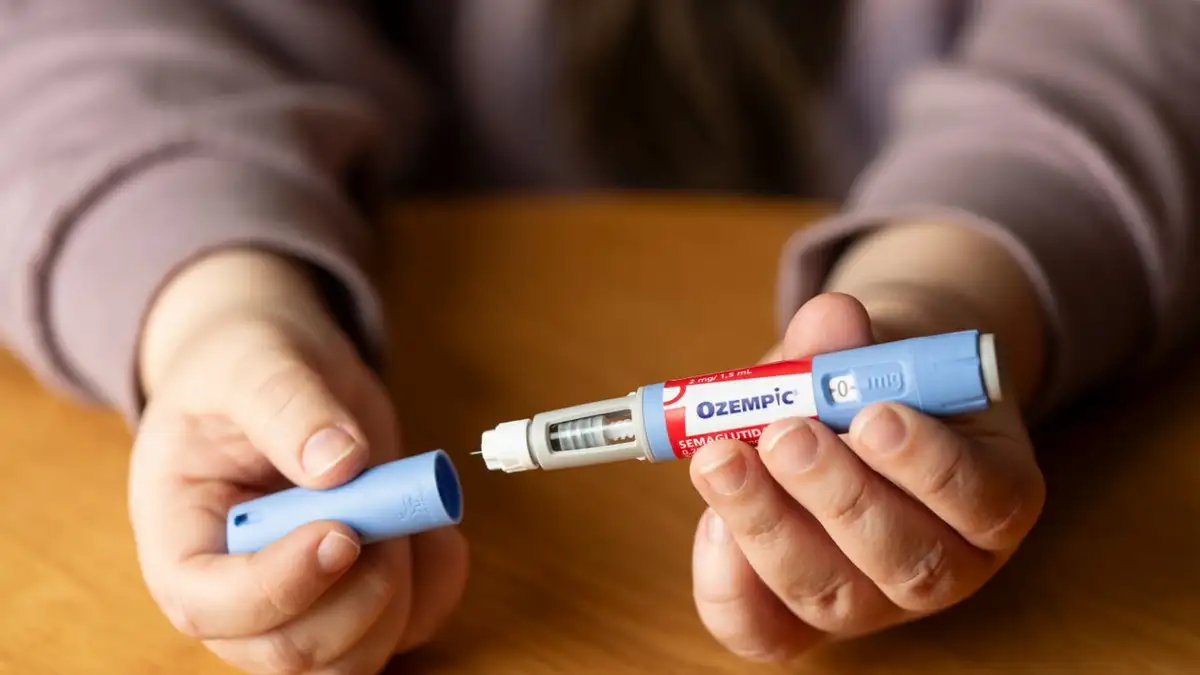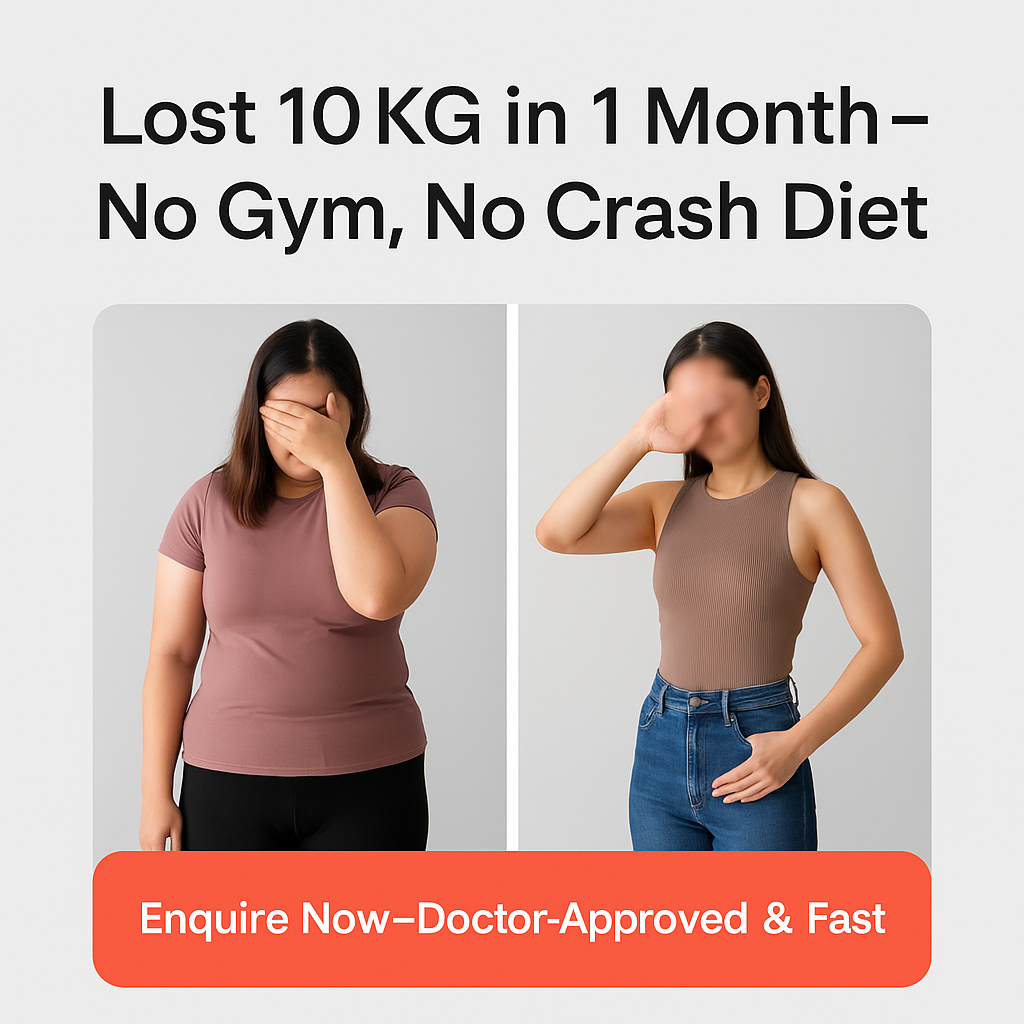
VLCDs: How Very Low Calorie Diets Work and When They’re Used

What Are VLCDs, Really?
Imagine a diet that feels more like a medical prescription than a meal plan. That’s essentially what a Very Low Calorie Diet (VLCD) is.
VLCDs are structured eating plans that limit your daily intake to 800 calories or fewer. They’re not meant for everyone, and definitely not for casual dieting. These diets are usually recommended for people with obesity who need to lose weight quickly for health reasons—often before surgery or to manage chronic conditions like type 2 diabetes.
They’re typically used for 8 to 12 weeks, under strict medical supervision, and often include meal replacements like shakes, soups, or bars instead of solid meals. VLCDs aim to reset the body quickly and provide measurable results fast—but they must be handled carefully.
According to Healthline and the NIH, VLCDs are clinically validated for rapid fat loss when safety protocols are followed.
How Do VLCDs Work?
You might be wondering: how can anyone survive on 800 calories a day?
The answer lies in nutrient design and metabolic response. VLCDs are:
- High in protein to preserve muscle
- Low in carbohydrates to shift the body into fat-burning mode
- Rich in essential vitamins and minerals to prevent deficiencies
By dramatically reducing energy intake, your body begins breaking down fat stores to fuel basic processes like breathing, digestion, and brain activity. The result? Rapid weight loss, often between 1 to 2.5 kilograms per week.
Some patients enhance the effects using medical support like Saxenda or Ozempic, especially when hunger or blood sugar regulation becomes difficult.
When Are VLCDs Used?
VLCDs are not everyday diet plans. Doctors typically recommend them when:
- A patient needs to lose weight urgently (e.g., before bariatric surgery)
- Obesity-related health risks are severe (e.g., uncontrolled diabetes or hypertension)
- Other diets have failed repeatedly
At Nexus Clinic, VLCDs are part of structured, medically supervised programs. Patients are closely monitored for nutrient levels, kidney function, and energy balance.
These programs often combine VLCDs with:
- Prescription medications like Duromine
- Exercise plans to retain muscle
- Behavior coaching to prevent weight regain
How Fast Do VLCDs Show Results?
VLCDs work fast. Most patients lose significant weight within the first two weeks—mostly water weight and some fat. Then, real fat-burning kicks in.
Here’s a typical timeline:
- Week 1–2: 2 to 5 kilograms lost (mostly water)
- Week 3–6: Steady fat loss, improved insulin sensitivity
- Week 7–12: Plateaus may occur, but weight continues to drop gradually
Studies show average losses of 10 to 20 kilograms in 12 weeks for compliant patients.
Pros and Cons of VLCDs
The Upside
- Fast results can improve motivation and health markers quickly
- Medical structure makes it easier for people who struggle with planning or portion control
- Improves conditions like type 2 diabetes, PCOS, and high cholesterol
The Downsides
- Not sustainable long-term without transitioning back to whole foods
- May cause fatigue or dizziness, especially in early weeks
- Needs strict supervision to avoid complications like gallstones or nutrient deficiencies
That’s why a VLCD should always be part of a comprehensive strategy—not a standalone solution.
Is It Safe to Stay on a VLCD Long-Term?
Short answer: no, not without guidance.
VLCDs are safe when done for 8 to 12 weeks under medical care. But beyond that, risks increase. You may start losing lean muscle, your metabolism can slow down, and electrolyte imbalances may develop.
This is why clinics like Nexus transition patients to a more balanced, sustainable eating plan after the initial rapid-loss phase. Tools like meal replacement therapy or appetite-regulating injections help ease this shift.
Who Should Avoid VLCDs?
VLCDs are not recommended for:
- Pregnant or breastfeeding women
- Children and teenagers
- People with kidney or liver conditions
- Individuals with a history of disordered eating
If any of these apply, consider safer alternatives like Saxenda or gradual calorie reduction plans.
Frequently Asked Questions About VLCDs
1. Can anyone start a VLCD?
No. VLCDs require a doctor’s supervision. Self-prescribing this approach can be dangerous.
2. Do VLCDs work better than other diets?
They work faster, but not always better. Long-term success depends on post-VLCD planning and behavior change.
3. Can I exercise during a VLCD?
Light activity is okay, but intense workouts may lead to dizziness or fatigue due to limited energy intake. Always consult your healthcare provider.
4. What’s the difference between a VLCD and a regular low-calorie diet?
A typical low-calorie diet is around 1,200 to 1,500 calories. A VLCD drops below 800 calories and usually includes meal replacements for total nutrient control.
5. Is it true VLCDs can reverse type 2 diabetes?
In some studies, rapid weight loss through VLCDs has led to remission of type 2 diabetes—but it’s not guaranteed. Ongoing management and support are crucial.
6. What happens after I stop the VLCD?
A transition plan is essential. Without it, most people regain the weight. That’s why post-diet support at a professional weight loss clinic is so valuable.
7. Can I do a VLCD with Saxenda or Ozempic?
Yes, but only with medical clearance. Some patients use medications to support appetite control during or after VLCDs.
8. Is there a natural way to mimic VLCD results?
Yes, through high-protein, low-calorie whole-food diets with portion control and behavior change—but it usually takes longer.
Final Thoughts: Is a VLCD Right for You?
A Very Low Calorie Diet isn’t for everyone, but for some, it can be life-changing. When used correctly, it offers fast, measurable weight loss that can drastically improve health. But it’s not a shortcut.
VLCDs work best when part of a supervised, comprehensive care plan. Think of them as a jumpstart—not the destination. If you’re considering a VLCD, the smartest first step is to talk to a medical team who understands your body, your goals, and your safety.
Visit Nexus Clinic to explore whether a VLCD could be the right strategy for your journey.
You may also like
Adding {{itemName}} to cart
Added {{itemName}} to cart




